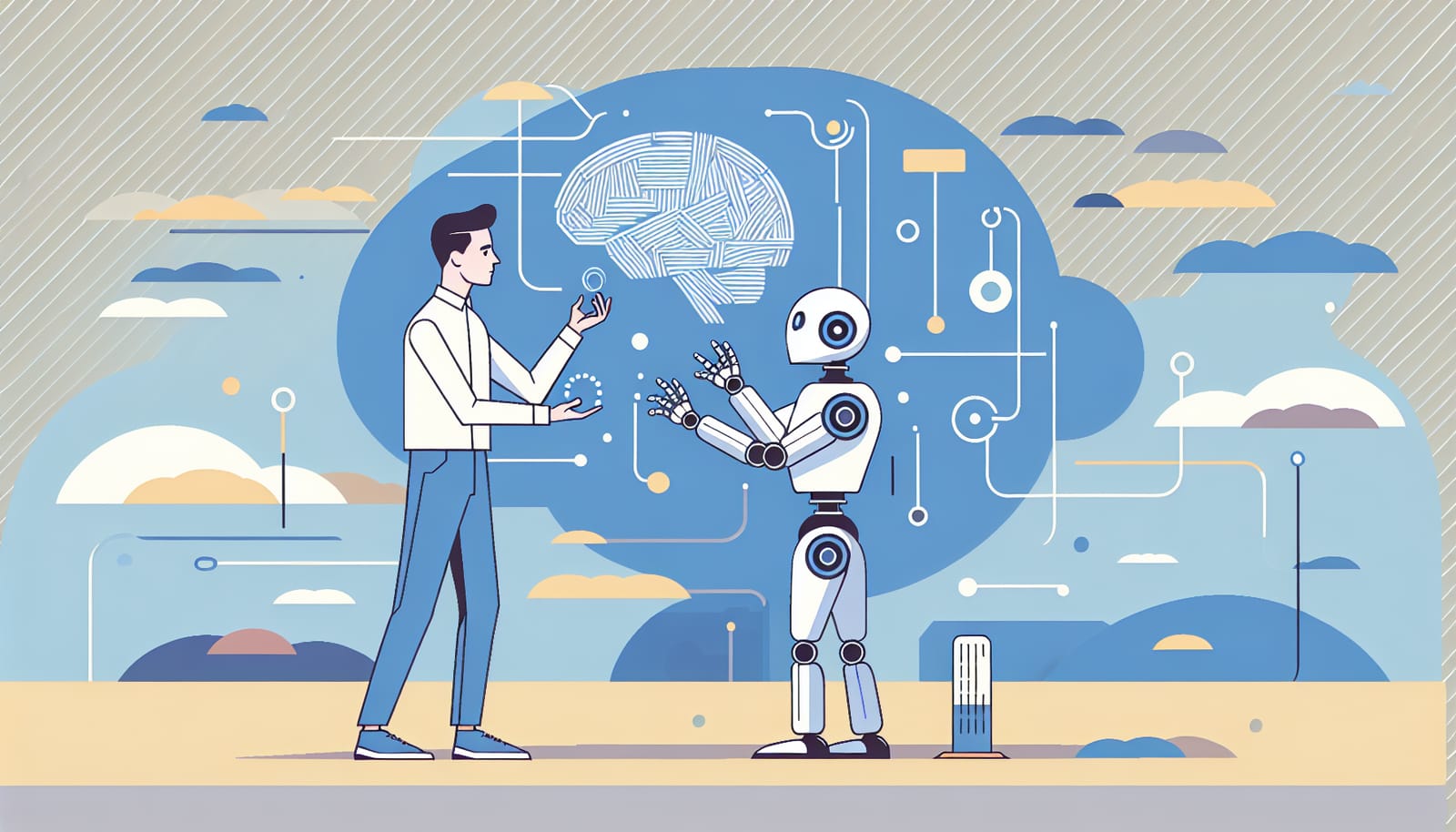The landscape of creativity is ever-changing, and today, we find ourselves standing at the crossroads of art and technology. As artificial intelligence (AI) becomes more integrated into our daily lives, it’s transforming how we create, appreciate, and understand art. But what does this mean for our future? What will creativity look like in a world filled with AI artists? Let’s explore this fascinating intersection of technology and human expression.
The Rise of AI in the Creative World
In recent years, AI has made significant strides in various fields, including art, music, and writing. Algorithms can now analyze vast amounts of data to produce works that mimic or even innovate upon traditional styles. For example, AI programs can generate paintings in the style of famous artists like Van Gogh or Picasso, creating stunning visuals that spark our imagination.
So how does this work? AI artists, or generative algorithms, learn from existing artworks, understanding patterns and techniques. They can create unique pieces that may sometimes surprise even their human creators. The result? A new form of creativity that blends human inspiration with machine learning.
The Role of Human Artists
While AI is making waves in the creative industry, it’s important to remember that human artists are still at the heart of creativity. AI doesn’t replace the unique touch that a human can bring to their work. Instead, it acts as a collaborator, offering new tools and possibilities. Many artists are now using AI to enhance their work, exploring new styles and techniques that they may not have considered before.
Imagine a painter using AI to generate color palettes or a musician employing algorithms to create melodies. This collaboration can lead to innovative creations that blend human emotion with machine precision. Together, they can push the boundaries of what we consider art.
Understanding AI Creativity
AI creativity is often debated. Can a machine truly be creative? While AI can produce impressive works, it lacks the emotional depth and personal experience that human artists bring to their creations. AI operates based on algorithms and data, making it incredibly efficient at mimicking styles but incapable of personal sentiment.
However, this doesn’t diminish the value of AI-generated art. Instead, it opens up new avenues for exploration. It challenges our understanding of creativity and invites us to think about what it means to be an artist. As we embrace AI as a tool, we can redefine creativity in exciting new ways.
The Future of Art and AI
As we look ahead, the future of art is likely to be a harmonious blend of human and AI creativity. Imagine art galleries showcasing pieces created by both human artists and AI programs, offering a diverse range of styles and interpretations. Educational institutions may introduce courses that teach students how to collaborate with AI, equipping the next generation of artists with the skills to navigate this new creative landscape.
Furthermore, AI can democratize art by making it more accessible to everyone. With AI tools, individuals who may not consider themselves artists can experiment and create their own works. This could lead to a surge of creativity, with more voices being heard and diverse perspectives shared.
The Ethical Considerations
As we embrace AI in the world of art, we must also consider the ethical implications. Who owns the rights to a piece of art created by an AI? Should AI-generated art be valued the same as human-created art? These questions raise important discussions about authorship, creativity, and the future of artistic expression.
Moreover, there’s a need to address the potential impact on traditional artists. While AI can be a tool for enhancement, there’s a fear that it could overshadow the hard work of human creators. It’s essential to find a balance that allows AI to coexist with traditional art forms without diminishing their value.
Embracing the Change
Despite the concerns, the integration of AI into the creative world presents an exciting opportunity. By embracing this change, we can explore new forms of storytelling, artistic expression, and innovation. The fusion of AI and human creativity invites us to expand our definitions of art and challenge our perceptions.
As we move forward, it’s essential to remain open-minded and curious. The collaboration between humans and AI can lead to extraordinary results, inspiring us to think outside the box and explore new avenues of creativity.
Conclusion: A Bright Future for Creativity
In a world filled with AI artists, creativity is set to evolve in ways we can only begin to imagine. This technological advancement encourages collaboration, innovation, and a redefinition of artistic expression. Instead of fearing the rise of AI in the creative domain, we should celebrate the possibilities it offers.
By embracing AI as a partner in creativity, we can unlock new potential, inspire the next generation of artists, and explore uncharted territories of imagination. The future of creativity is bright, and it’s up to us to shape it.
So, whether you’re a seasoned artist or just someone curious about creativity, remember that the power of imagination lies within you—enhanced by the incredible tools that AI provides. Let’s embark on this journey together, creating a world where art knows no bounds!


